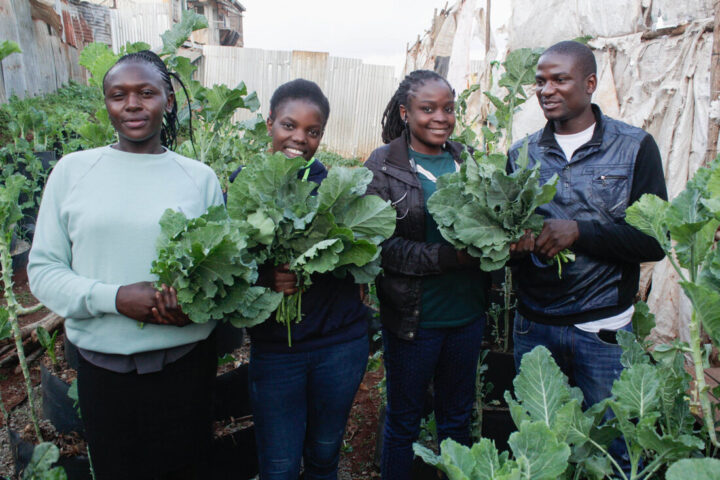Every month, millions of women experience their period, often accepting pain and discomfort as a normal part of life. But for some, that pain is more than just a minor annoyance—it’s a sign of a serious condition known as endometriosis. Despite affecting many women, the story of endometriosis remains largely untold. Let’s dive into this hidden world and explore the struggles, challenges, and triumphs of those who live with this condition.
What is Endometriosis?
Imagine a garden where the flowers (the tissue that normally lines the uterus) grow beautifully in their own space. Now, picture those flowers sprouting in the wrong places—on the ovaries, fallopian tubes, or even outside the pelvis. This is what happens with endometriosis. The endometrial tissue grows where it shouldn’t, causing a lot of chaos.
Every month, this misplaced tissue acts like a rebellious plant, thickening, breaking down, and bleeding just like it would inside the uterus. But since it has nowhere to go, it creates pain, inflammation, and scar tissue. For many women, this can lead to severe cramps, chronic pain, and even infertility.
The Silent Struggle
For too long, endometriosis has been shrouded in silence. Many women don’t talk about their symptoms for fear of being dismissed or not taken seriously. “It’s just period pain,” they’re often told. But for those who experience it, the pain can be debilitating.
Imagine trying to get through a day at work or school while feeling sharp pains in your abdomen or struggling with fatigue that makes even simple tasks feel impossible. Women often juggle these struggles in secret, sometimes missing out on social events or activities they love because they’re too exhausted or in too much pain to participate.
The Impact on Life
Living with endometriosis isn’t just about physical pain; it can also take a toll on mental health. Anxiety and depression can creep in as women feel trapped in their own bodies. They may question their worth, relationships, and even their future. The emotional burden of this condition can be heavy, leading many to feel isolated and misunderstood.
But women are resilient. Many have found ways to cope and advocate for themselves. They share their stories, seek support from others, and educate those around them about what they’re going through. By breaking the silence, they’re not only helping themselves but also paving the way for others.
Finding a Voice
In recent years, the conversation around endometriosis has started to shift. More women are speaking out about their experiences, and healthcare providers are beginning to listen. Awareness campaigns, support groups, and social media platforms have become vital tools for sharing information and connecting with others.
Women are sharing their stories online, creating a community where they can support each other. They are advocating for better medical care, pushing for more research, and demanding that their pain be taken seriously. Their voices are becoming louder, breaking through the silence that has surrounded endometriosis for far too long.
Treatment and Hope
While there’s currently no cure for endometriosis, there are ways to manage the symptoms. Many women find relief through pain medications, hormone therapy, or even surgery. Lifestyle changes, like eating a balanced diet, exercising regularly, and practicing stress-reduction techniques, can also make a significant difference.
For those trying to conceive, fertility treatments may offer hope. While the journey can be challenging, many women have gone on to become mothers despite their struggles with endometriosis.
A New Beginning
The untold story of endometriosis is one of pain, resilience, and hope. As awareness grows and more women share their experiences, the stigma surrounding this condition is slowly being dismantled. Each story shared is a step toward a brighter future where women can live without fear of being dismissed.
If you or someone you know is struggling with endometriosis, remember that you’re not alone. Speak up, seek help, and connect with others who understand. By sharing our stories, we can create a powerful community that supports and uplifts one another. Together, we can turn the untold story of endometriosis into a narrative of strength, empowerment, and healing.









